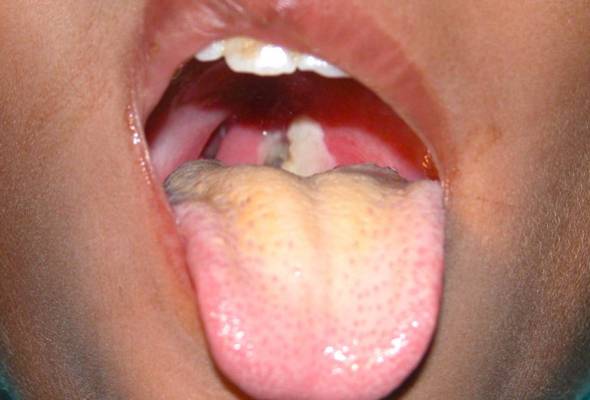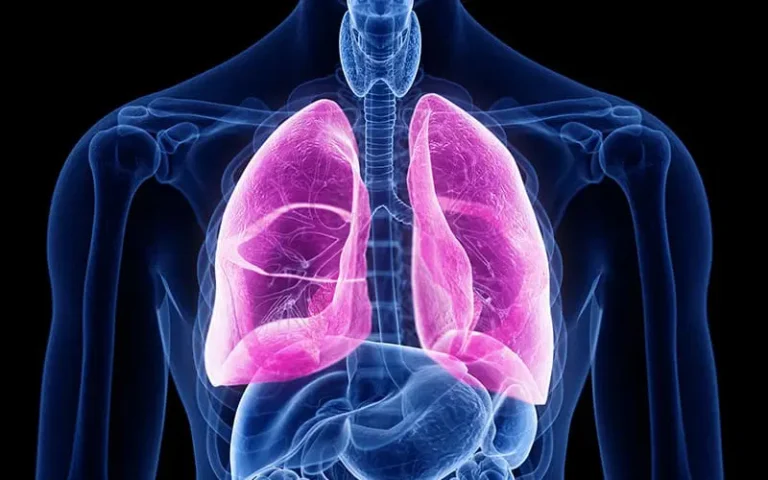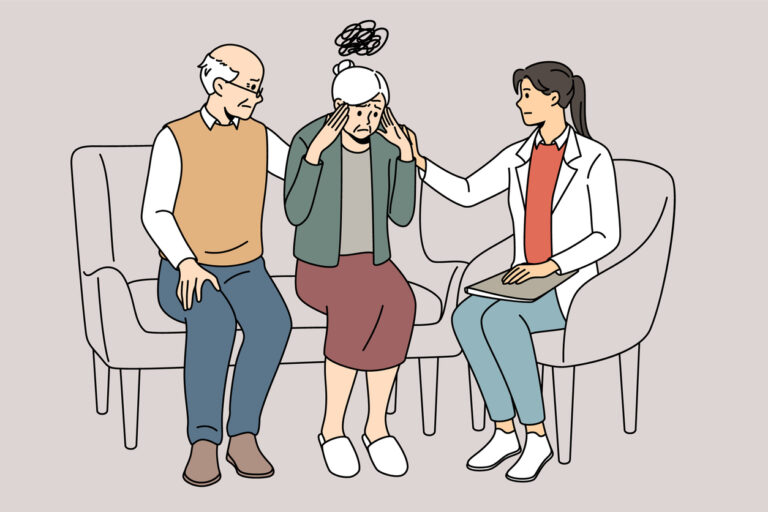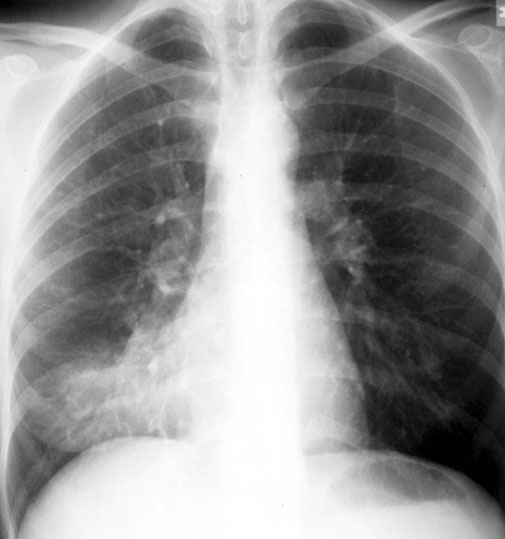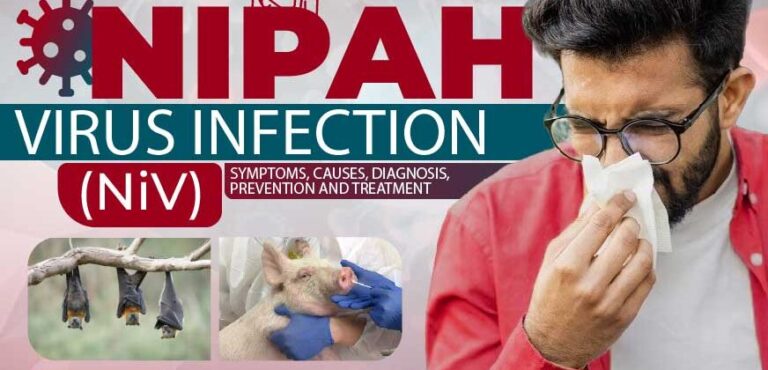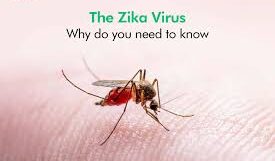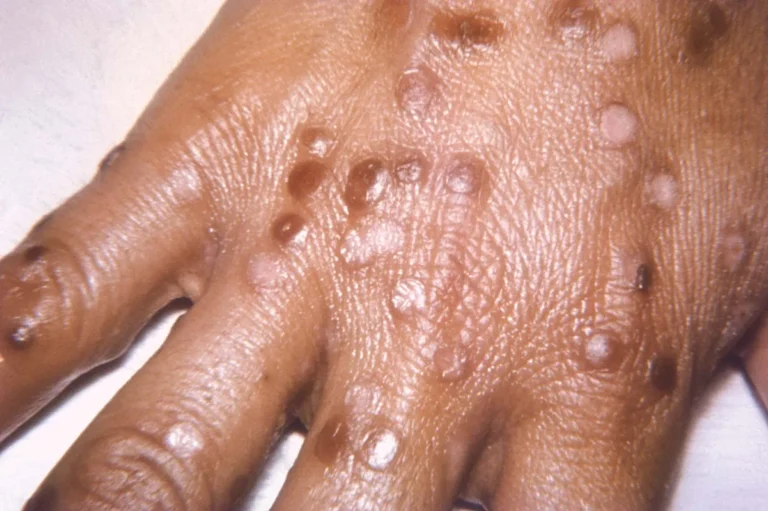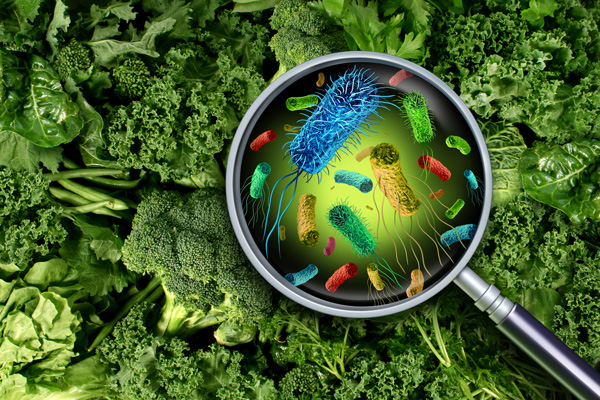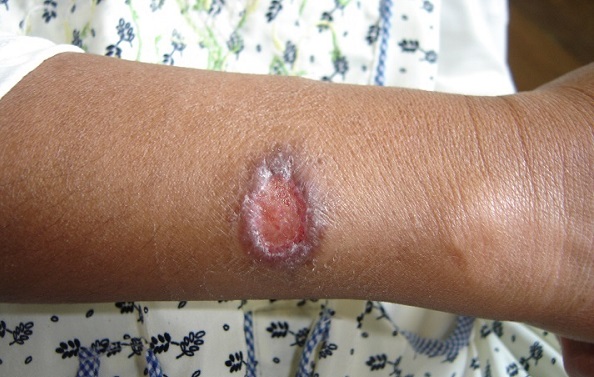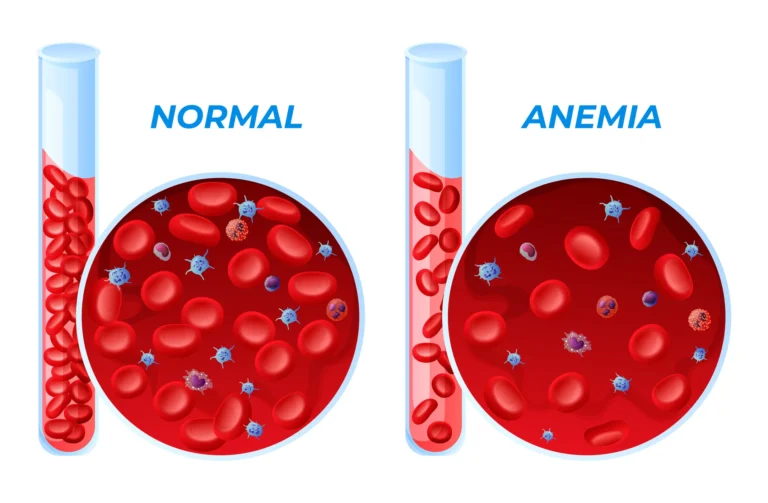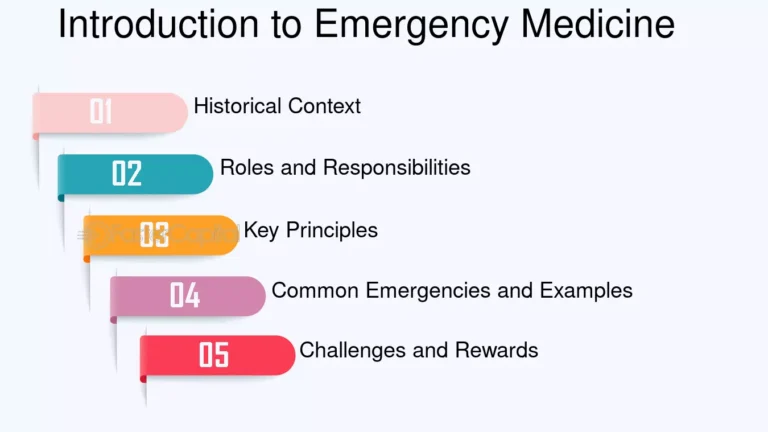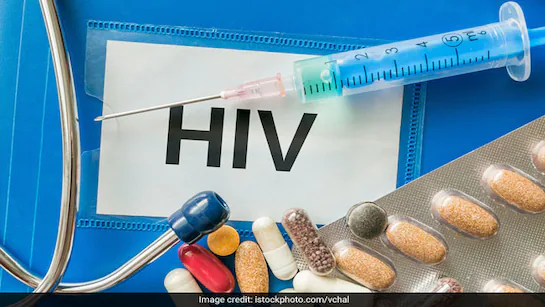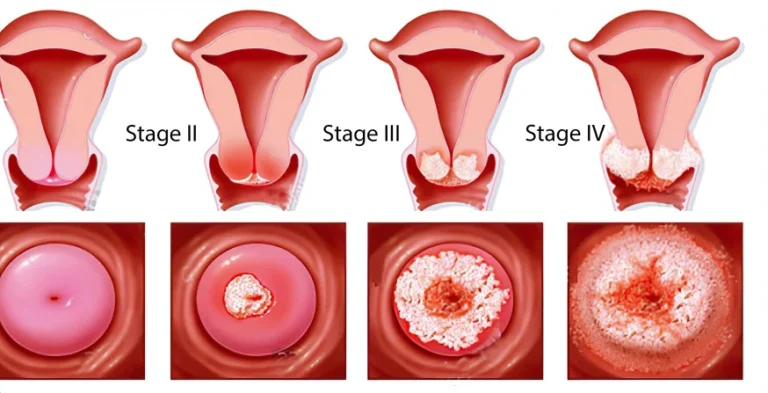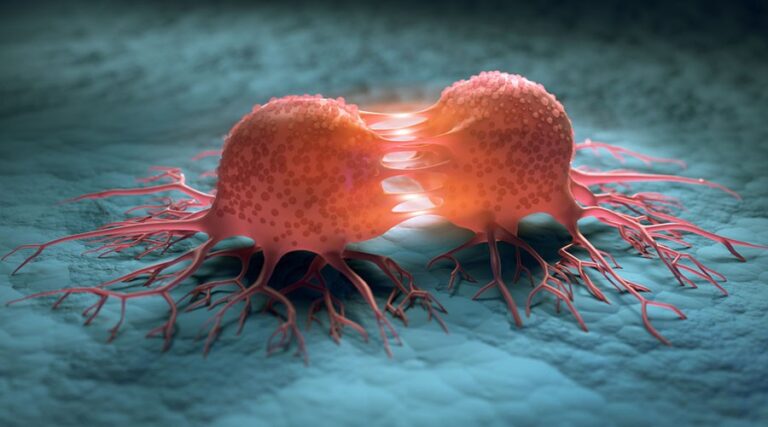Adolescent Health

Adolescence, spanning from ages 10 to 19, is a critical period of transition marked by significant physical, psychological, and social changes. During this time, young people undergo rapid development, making them particularly vulnerable to a range of health challenges. Addressing adolescent health needs is crucial for ensuring their well-being and laying the foundation for a healthy adulthood.
Key Areas of Adolescent Health:
Physical Health:
- Puberty and Development: Adolescents experience significant hormonal and physical changes, including growth spurts, sexual maturation, and changes in body composition.
- Nutrition: Adequate nutrition is essential for growth and development.
Deficiencies in essential nutrients, such as iron and calcium, can have long-term health consequences. Unhealthy eating habits, including excessive consumption of processed foods and sugary drinks, contribute to obesity and other chronic diseases.
- Physical Activity: Regular physical activity promotes physical and mental health. Encouraging participation in sports and other forms of exercise is essential.
- Sexual and Reproductive Health: Adolescents require access to accurate information and services related to sexual and reproductive health, including contraception, prevention of sexually transmitted infections (STIs), and safe abortion services where legal.
- Substance Use: Adolescents are at increased risk of experimenting with alcohol, tobacco, and other drugs. Substance use can have devastating consequences for physical and mental health, as well as social and academic outcomes.
- Injury and Violence: Accidents, violence, and self-harm are significant causes of morbidity and mortality among adolescents. Promoting safety and preventing violence are critical.
- Chronic Diseases: Some adolescents develop chronic diseases, such as asthma, diabetes, and mental health disorders. Early diagnosis and management are essential.
- Puberty and Development: Adolescents experience significant hormonal and physical changes, including growth spurts, sexual maturation, and changes in body composition.
Mental Health:
- Emotional Development: Adolescents experience a wide range of emotions, and learning to manage these emotions is a key developmental task.
- Mental Health Disorders: Anxiety, depression, and other mental health disorders are common among adolescents. Early identification and treatment are crucial.
- Suicide and Self-Harm: Suicide is a leading cause of death among adolescents. Addressing mental health concerns and providing support can help prevent these tragedies.
- Stress and Coping: Adolescents face numerous stressors, including academic pressure, social challenges, and family conflicts. Developing healthy coping mechanisms is essential.
- Resilience: Building resilience can help adolescents navigate challenges and thrive.
- Emotional Development: Adolescents experience a wide range of emotions, and learning to manage these emotions is a key developmental task.
Social Health:
- Relationships: Adolescents form important relationships with family, friends, and romantic partners. Healthy relationships contribute to social and emotional well-being.
- Social Media and Technology: The use of social media and technology has a significant impact on adolescent social development. Both positive and negative effects should be considered.
- Peer Pressure: Adolescents are susceptible to peer pressure, which can influence their behavior in positive and negative ways.
- Education and Employment: Access to quality education and employment opportunities is crucial for adolescents’ future success.
- Social Determinants of Health: Factors such as poverty, discrimination, and lack of access to resources can significantly impact adolescent health.
- Relationships: Adolescents form important relationships with family, friends, and romantic partners. Healthy relationships contribute to social and emotional well-being.
Factors Influencing Adolescent Health:
- Family: Family support, communication, and involvement are essential for adolescent well-being.
- School: Schools play a crucial role in promoting adolescent health through education, health services, and a supportive environment.
- Community: Community resources, such as youth centers and recreational programs, can provide adolescents with opportunities for healthy development.
- Media: The media can influence adolescent attitudes and behaviors related to health.
- Healthcare System: Access to quality healthcare services is essential for addressing adolescent health needs.
Strategies for Promoting Adolescent Health:
- Comprehensive Sexuality Education: Providing age-appropriate and accurate information about sexual and reproductive health.
- Mental Health Services: Increasing access to mental health services and reducing stigma.
- Substance Use Prevention: Implementing programs to prevent and reduce substance use among adolescents.
- Violence Prevention: Promoting safe environments and addressing violence against adolescents.
- Healthy Lifestyle Promotion: Encouraging healthy eating, physical activity, and adequate sleep.
- Youth Participation: Involving adolescents in the design and implementation of health programs.
- Strengthening Health Systems: Improving access to quality healthcare services for adolescents.
Addressing the diverse health needs of adolescents requires a collaborative effort involving families, schools, communities, and healthcare providers. By investing in adolescent health, we can empower young people to reach their full potential and contribute to a healthier future.

